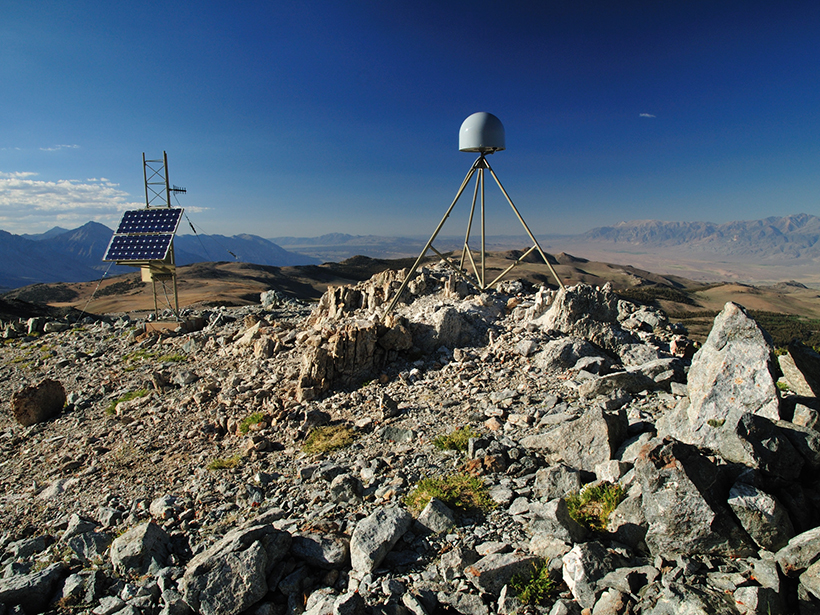More GPS stations, faster data delivery, and better data processing provide an abundance of information for all kinds of Earth scientists.

More GPS stations, faster data delivery, and better data processing provide an abundance of information for all kinds of Earth scientists.